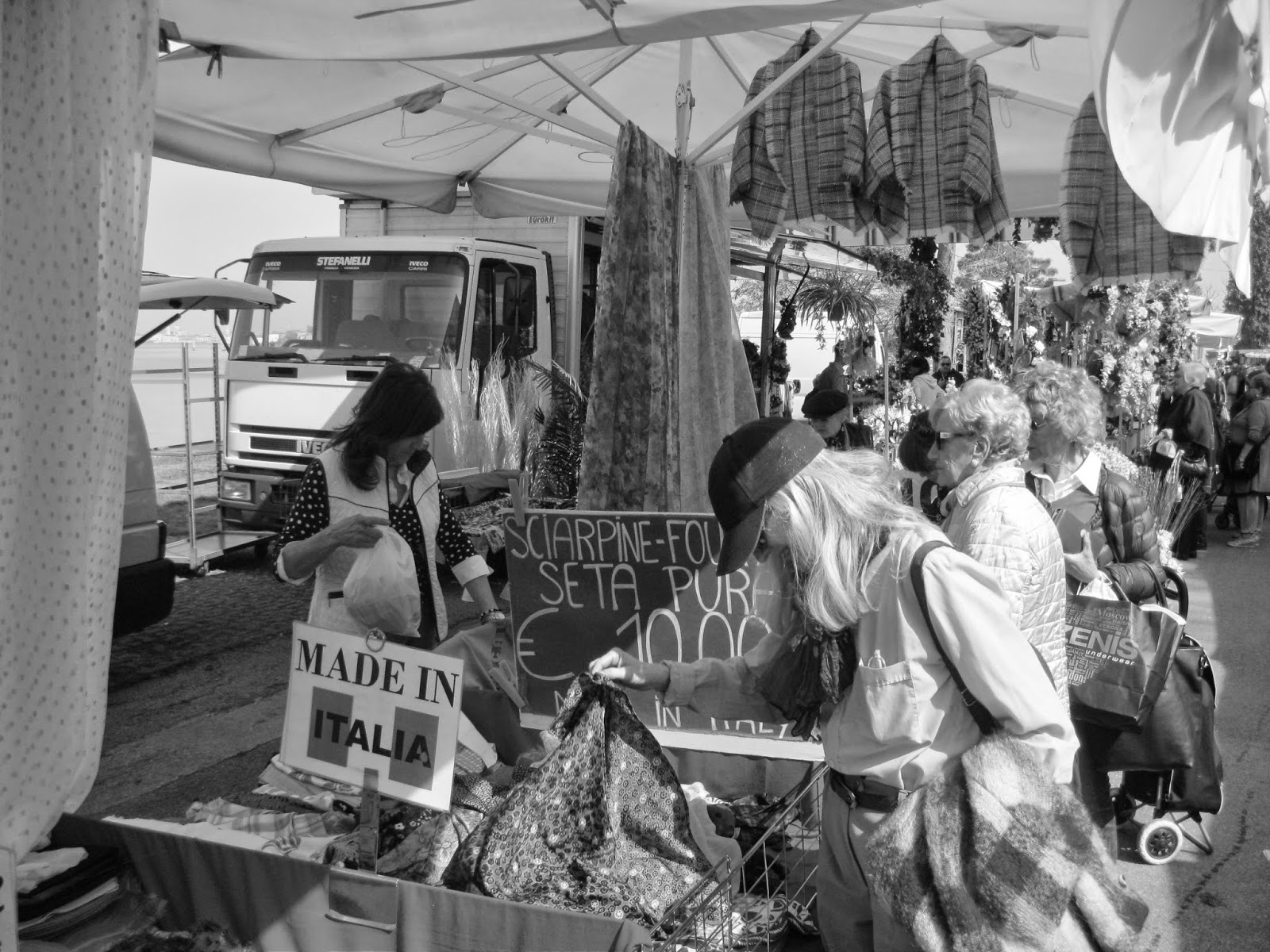The following is an adaptation of an interview with Mai Herr (by Jürgen Plank) which appears in issue no. 365 of Augustine, a fortnightly newspaper sold on the streets by and for Vienna's homeless. Mai Herr, pictured above, is based at Phonsavanh, in Central Laos, and works for the British NGO known as MAG (Mines Advisory Group):
JP: Please introduce yourself.
MH: I work in the information centre at MAG. We inform visitors about the locations of unexploded ordnance (UXOs). We want to tell the visitor something about the secret war in Laos and the danger from UXOs in this region, the province of Xieng Khouang. We have information boards on the walls and every day we show informative documentary films.
JP: What is MAG?
MH: MAG stands for Mines Advisory Group. We clear the land of UXOs and we destroy the UXOs. We do this for the local people and the farmers of the region. We try and help poor families by clearing the land so that they can begin farming again. But we also work with schools and hospitals.
JP: Your work will take 1,000 years.
MH: Between 1964 and 1973 the United States military dropped 270 million explosives over Laos. Of these about 30%, that is 80 million, failed to explode. At the present rate clearing the land will take us 1,000 years. It is very hard work because many of the unexploded bombs are lying in the jungles and in the mountains in difficult places to reach. Normally we clear agricultural land near villages. Often the local mayor will inform us of a bomb in a field and we will go and deal with it.
JP: What is the total strength of the UXO Clearance Teams?
MH: In Laos there are altogether 400 personnel. For MAG we have five international technicians in the provinces of Xieng Khouang and Khammuan. We have six clearing teams each with twenty personnel. And then there are the medical personnel and the drivers.
JP: The defusing of an unexploded bomb is a dangerous job. Have any bomb disposal people been injured?
MH: Up to now we have had no injuries. Our personnel are well trained. Unfortunately the villagers are often injured by these devices. There are always accidents. We document these accidents here at the MAG Information Centre.
JP: Villagers often get injured.
MH: In schools we are teaching the children not to go near the UXOs. If they find a bomb they must tell a teacher or a parent. There are many different kinds of bombs and it is not only children who have accidents. Often it is old men searching for scrap metal to sell, even though they know it is dangerous. Many have no other income.
JP: Anyone close to you injured by a UXO?
MH: Yes, many people. My brother-in-law in 1995. He was in the mountains near to Long Tieng. There he found a land mine. He tried to open it to remove the powder. The mine exploded. He was blown to pieces. This land mine had been buried in the earth to destroy any vehicle passing over it.
The most recent accident involving one of my relatives was in November 2012. My cousin was night fishing in a river. It was a cold night. When he came out of the river he made a fire to get warm. The place he had chosen for his fire was directly over a land mine. This exploded and he was killed. The other two fishermen were still in the river and so they survived.
JP: The 80 million UXOs in Laos mean that farming is restricted.
MH: Local farmers are fearful of the UXOs. If they have a large plot of land they cannot use it all until it has been cleared. They must wait for the MAG-Clearing-Teams. This is the main reason why many people do not have enough to eat. We cannot plant enough rice. It will take 1,000 years to clear all the bombs.
The Secret War Against Laos (1964-1973).
During the so-called "secret war" that was never officially declared the USA flew 580,000 sorties into neutral Laos. That is one every 8 minutes. CBU24 bombs were mainly used. A CBU24 bomb contains hundreds of small "bombies" which are spread over hundreds of square meters by the explosion. In this way 270 million bombs were dropped on the land on the Mekong. There were several reasons for the secret war against Laos, not least was the fact that the Ho-Chi-Minh Trail ran through the south of Laos. An estimated 98% of the 50,000 persons killed and injured during the nine year bombardment were civilians. Today in Laos half the people live on less than one euro per day. Approximately 11,000 people have been killed or injured since the end of the war. One kilo of scrap metal is worth 15 cents.



































